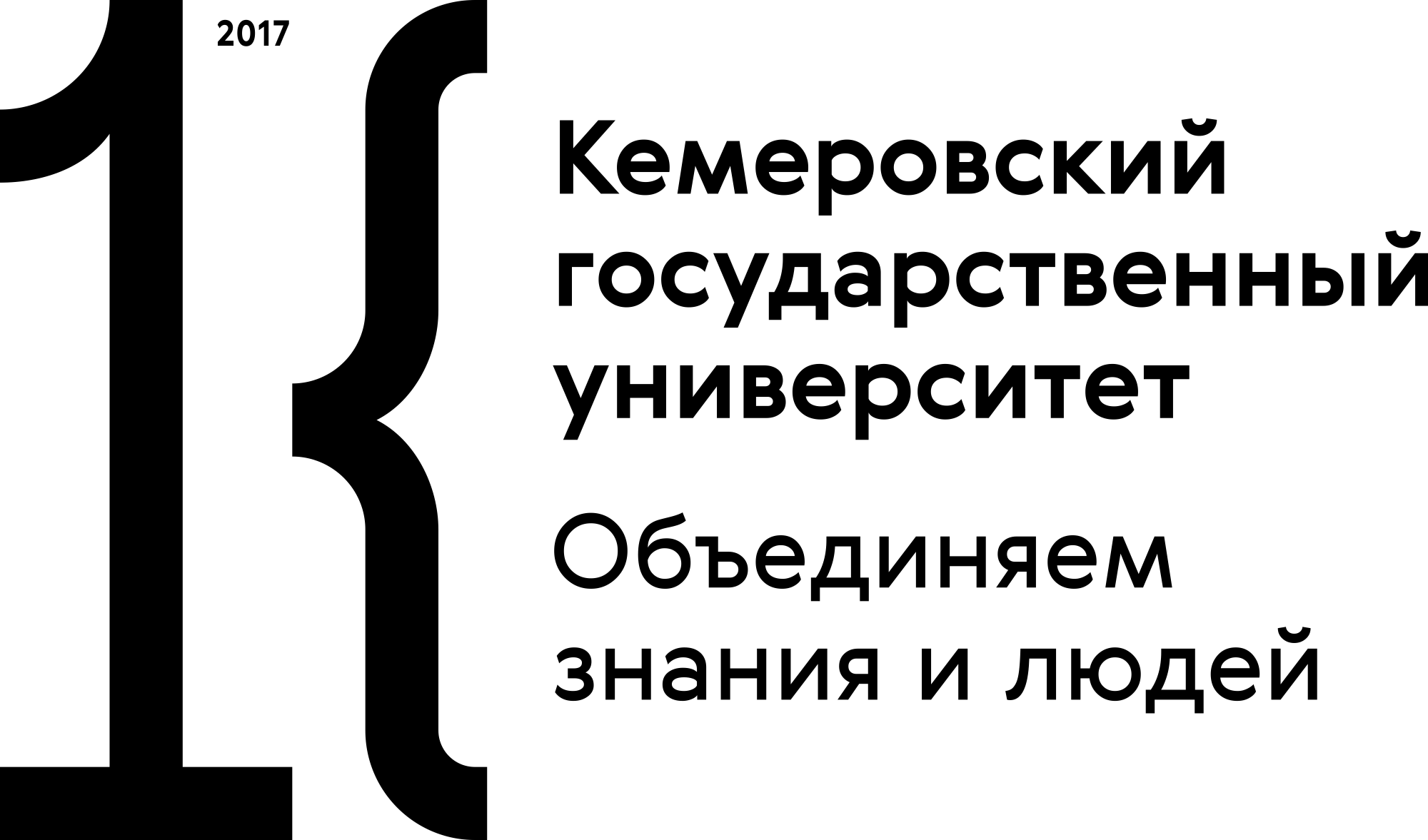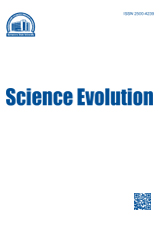Russian Federation
Russian Federation
Russian Federation
Russian Federation
Russian Federation
Russian Federation
Russian Federation
Russian Federation
Russian Federation
CSCSTI 27.01
CSCSTI 31.01
CSCSTI 34.01
Hyperthermia, i.e. tissue heating to a temperature of 39-45°C, is considered to be a very promising technique to increase the sensitivity of tumor cells to ionizing radiation and chemical preparations. At the present time, there are numerous methods for producing hyperthermia with the optimum method dependent on the required volume, depth, and site of heating. This paper presents the results of preliminary theoretical and in vivo confirmation studies of the feasibility of intraoperative local hyperthermia via induction heating of ferromagnetic material within a tumor bed implant that fills a resected tumor cavity. The implant is made during the surgical removal of tumor by mechanically filling the tumor bed with a self-polymerizing silicone paste in which very fine electroconductive ferromagnetic particles are uniformly distributed. Therefore, the implant can accommodate unique characteristics of each patient’s tumor bed. For the laboratory experiments, a prototype induction heating system was used to produce an alternating magnetic field with a frequency of about 100 kHz and a maximum intensity up to 3 kA/m inside an induction coil of inner diameter 35 cm. Experiments were conducted to heat a 2.5 cm diameter spherical implant both in open air and inside the thigh of a living rabbit. The results in both cases are in good agreement with our theoretical estimations. It was established that the temperature gradient near the implant surface decreases with increasing implant size, and for typical size tumor bed implants produces effective hyperthermia to a distance of more than 5 mm from the implant surface. This result provides hope for a decrease in relapse after treatment of malignant tumors using our combination heat plus intraoperative high dose rate local radiotherapy approach. Moreover, the externally coupled implant heating can be combined with local chemotherapy by applying a self-resorbable polymer film containing antineoplastic agents to the surface of the implant.
Local intraoperative hyperthermia, personalized tumor bed implant, induction heating, hot source heating
1. Laramore G. E. and Coltrera M. D. Organ preservation strategies in the treatment of laryngeal cancer. Current Treatment Options in Oncology, 2003, vol. 4, no. 1, pp. 15-25. DOI:https://doi.org/10.1007/s11864-003-0028-5.
2. Kurpeshev O.K., Andreev V.G., Pankratov V.A., Gulidov I.A., and Orlova A.V. Termokhimioluchevoe lechenie mestnorasprostranennogo raka gortani (I/II fazy issledovaniya) [Thermochemoradiation treatment for locally advanced laryngeal cancer (Phase I/II study)]. Onkologiya. Zhurnal imeni P.A. Gerzena [P.A. Herzen Journal of Oncology], 2013, no 6, p. 27-30.
3. Marijnen C.A.M. Organ preservation in rectal cancer: have all questions been answered? The Lancet Oncology, 2015, vol. 16, no. 1, pp. e13-e22. DOI:https://doi.org/10.1016/S1470-2045(14)70398-5.
4. Hafeez S., Horwich A., Omar O., Mohammed K., Thompson A., Kumar P., Khoo V., Van As N., Eeles R., Dearnaley D., and Huddart R. Selective organ preservation with neo-adjuvant chemotherapy for the treatment of muscle invasive transitional cell carcinoma of the bladder. British Journal of Cancer, 2015, vol. 112, pp. 1626-1635. DOI:https://doi.org/10.1038/bjc.2015.109.
5. Canis M., Ihler F., Martin A., Wolff H.A., Matthias C., and Steiner W. Organ preservation in T4a laryngeal cancer: is transoral laser microsurgery an option? European Archives of Oto-Rhino-Laryngology, 2013, vol. 270, pp. 2719-2727. DOI:https://doi.org/10.1007/s00405-013-2382-7.
6. Datta N.R., Ordóñez S.G., Gaipl U.S., Paulides M.M., Crezee H., Gellermann J., Marder D., Puric E., and Bodis S. Local hyperthermia combined with radiotherapy and-/or chemotherapy: recent advances and promises for the future. Cancer Treatment Reviews, 2015, vol. 41, no. 9, pp. 742-53. DOI:https://doi.org/10.1016/j.ctrv.2015.05.009.
7. Wong R.S., Kapp L.N., Krishnaswamy G., and Dewey W.C. Critical steps for induction of chromosomal aberrations in CHO cells heated in S phase. Radiation Research, 1993, vol. 133, no. 1, pp. 52-59.
8. Roti Roti J.L. Cellular responses to hyperthermia (40-46°C): Cell killing and molecular events. International Journal of Hyperthermia, 2008, vol. 24, no. 1, pp. 3-15. DOI:https://doi.org/10.1080/02656730701769841.
9. Genet S.C., Fujii Yo., Maed Ju, Kaneko M., Genet M.D., Miyagawa K., and Kato T.A. Hyperthermia inhibits homologous recombination repair and sensitizes cells to ionizing radiation in a time- and temperature-dependent manner. Journal of Cellular Physiology, 2013, vol. 228, no. 7, pp. 1473-1481. DOI:https://doi.org/10.1002/jcp.24302.
10. Song C.W., Park H., and Griffin R.J. Improvement of tumor oxygenation by mild hyperthermia. Radiation Research, 2001, vol. 155, no. 4, pp. 515-528.
11. Sun X., Li X.-F., Russell J., Xing L., Urano M., Li G.C., Humm J.L., and Ling C.C. Changes in tumor hypoxia induced by mild temperature hyperthermia as assessed by dual-tracer immunohistochemistry. Radiotherapy & Oncology, 2008, vol. 88, no. 2, pp. 269-276. DOI:https://doi.org/10.1016/j.radonc.2008.05.015.
12. Meyer D.E., Kong G.A., Dewhirst M.W., Dewhirst M.W., and Chilkoti A. Targeting a genetically engineered elastin-like polypeptide to solid tumors by local hyperthermia. Cancer Research, 2001, vol. 61, no. 4, pp. 1548-1554.
13. Moktan Sh., Perkins E., Kratz F., and Raucher D. Thermal targeting of an acid-sensitive doxorubicin conjugate of elastin-like polypeptide enhances the therapeutic efficacy compared with the parent compound in vivo. Molecular Cancer Therapeutics, 2012, vol. 11, no. 7, pp. 1547-1556. DOI:https://doi.org/10.1158/1535-7163.MCT-11-0998.
14. Kampinga H.H. Cell biological effects of hyperthermia alone or combined with radiation or drugs: a short introduction to newcomers in the field. International Journal of Hyperthermia, 2006, vol. 22, no. 3, pp. 191-196. DOI:https://doi.org/10.1080/02656730500532028.
15. Cherukuri P. and Curley S.A. Use of nanoparticles for targeted, noninvasive thermal destruction of malignant cells. Methods in Molecular Biology, 2010, vol. 624, pp. 359-373. DOI:https://doi.org/10.1007/978-1-60761-609-2_24.
16. Qin S., Xu C., Li S., Wang X., Sun X., Wang P., Zhang B., and Ren H. Hyperthermia induces apoptosis by targeting Survivin in esophageal cancer. Oncology Reports, 2015, vol. 34, no. 5, pp. 2656-2664. DOI:https://doi.org/10.3892/or.2015.4252.
17. Ahmed K., Tabuchi Y., and Kondo T. Hyperthermia: an effective strategy to induce apoptosis in cancer cells. Apoptosis, 2015, vol. 20, no. 11, pp. 1411-1419. DOI:https://doi.org/10.1007/s10495-015-1168-3.
18. Streffer C. Metabolic changes during and after hyperthermia. International Journal of Hyperthermia, 1985, vol. 1, no. 4, pp. 305-319. DOI:https://doi.org/10.3109/02656738509029295.
19. Frey B., Weiss E.-M., Rubner Y., Wunderlich R., Ott O.J., Sauer R., Fietkau R., and Gaipl U.S. Old and new facts about hyperthermia-induced modulations of the immune system. International Journal of Hyperthermia, 2012, vol. 28, no. 6, pp. 528-542. DOI:https://doi.org/10.3109/02656736.2012.677933.
20. Toraya-Brown S. and Fiering S. Local tumour hyperthermia as immunotherapy for metastatic cancer. International Journal of Hyperthermia, 2014, vol. 30, no. 8, pp. 531-539. DOI:https://doi.org/10.3109/02656736.2014.968640.
21. Gao Sh., Zheng M., Ren X., Tang Ya., and Liang X. Local hyperthermia in head and neck cancer: mechanism, application and advance. Oncotarget, 2016, vol. 7, pp. 57367-57378. DOI:https://doi.org/10.18632/oncotarget.10350.
22. Ryan T.P., Hartov A., Colacchio T.A., Coughlin C.T., Stafford J.H., and Hoopes P.J. Analysis and testing of a concentric ring applicator for ultrasound hyperthermia with clinical results. International Journal of Hyperthermia, 1991, vol. 7, no. 4, pp. 587-603. DOI:https://doi.org/10.3109/02656739109034971.
23. Stauffer P.R. Evolving technology for thermal therapy of cancer. International Journal of Hyperthermia, 2005, vol. 21, no. 8, pp. 731-744. DOI:https://doi.org/10.1080/02656730500331868.
24. Van Rhoon G.C. External electromagnetic methods and devices. In: Moros E.G. (ed.) Physics of thermal therapy: Fundamentals and clincial applications. Boca Raton: Taylor and Francis Croup, 2013, pp. 139-58.
25. Stauffer P.R. and Paulides M.M. Hyperthermia therapy for cancer. In: Brahme A. (ed.) Comprehensive biomedical physics. Elsevier: Oxford, 2014, pp. 115-151.
26. Ito K. and Saito K. Development of microwave antennas for thermal therapy. Current Pharmaceutical Design, 2011, vol. 17, no. 22, pp. 2360-2366. DOI:https://doi.org/10.2174/138161211797052538.
27. Bardati F. and Tognolatti P. Hyperthermia phased arrays pre-treatment evaluation. International Journal of Hyperthermia, 2016, vol. 32, no. 8, pp. 911-922. DOI:https://doi.org/10.1080/02656736.2016.1219393.
28. Stauffer P.R., Diederich C.J., and Seegenschmiedt M.H. Interstitial heating technologies. In: Seegenschmiedt M.H., Fessenden P., and Vernon C.C. (eds) Thermoradiotherapy and thermochemotherapy. Berlin: Springer, 1995, pp. 279-320. DOI:https://doi.org/10.1007/978-3-642-57858-8.
29. Johannsen M., Thiesen B., Wust P., and Jordan A. Magnetic nanoparticle hyperthermia for prostate cancer. International Journal of Hyperthermia, 2010, vol. 26, no. 8, pp. 790-795. DOI:https://doi.org/10.3109/02656731003745740.
30. Ivkov R. Magnetic nanoparticle hyperthermia: A new frontier in biology and medicine? International Journal of Hyperthermia, 2013, vol. 29, no. 8, pp. 703-705. DOI:https://doi.org/10.3109/02656736.2013.857434.
31. Huang X., Qian W., El-Sayed I.H., and El-Sayed M.A. The potential use of the enhanced nonlinear properties of gold nanospheres in photothermal cancer therapy. Lasers in Surgery and Medecine, 2007, vol. 39, no. 9, pp. 747-753. DOI:https://doi.org/10.1002/lsm.20577.
32. Vasilchenko I.L., Vinogradov V.M., Pastushenko D.A., Osintsev A.M., Maitakov A.L., Rink V.V., and Vasilchenko N.V. Ispol''zovanie lokal''nogo induktsionnogo nagreva v lechenii zlokachestvennykh novoobrazovaniy [Application of a local induction heating in treatment of malignant tumors]. Voprosy Onkologii [Problems in Oncology], 2013, vol. 59, no. 2, pp. 84-89.
33. Stauffer P.R., Vasilchenko I.L., Osintsev A.M., Rodrigues D.B., Bar-Ad V., Hur-witz M.D., and Kolomiets S.A. Tumor bed brachytherapy for locally advanced laryngeal cancer: a feasibility assessment of combination with ferromagnetic hyperthermia. Biomedical Physics and Engineering Express, 2016, vol. 2, no. 5 (published online). DOI:https://doi.org/10.1088/2057-1976/2/5/055002.
34. Vasilchenko I.L., Osintsev A.M., Glushkov A.N., Kolomiets S.A., Polikarpov A.F., Majtakov A.L., Braginskij V.I., Pastushenko D.A., Vasilchenko N.V., Osintseva M.A., Gordeeva L.A., Silinskaja N.V., Rynk V.V., and Syrtseva A.P. Sposob personalizirovannogo lecheniya mestnorasprostranennykh zlokachestvennykh novoobrazovaniy na osnove lokal'noy kontaktnoy gipertermii s ispol'zovaniem individual'nogo tkaneekvivalentnogo applikatora [Method of personalised intraoperative contact local hyperthermia for treatment of locally advanced malignant tumours]. Patent RF, no. 2565810, 2015.
35. Vasilchenko I.L., Osintsev A.M., and Kolomiets S.A. Metod personalizirovannoy kontaktnoy gipertermii zlokachestvennykh opukholey na osnove induktsionnogo nagreva applikatora vikhrevymi tokami submegagertsovogo diapazona v sochetanii s kontaktnoy luchevoy terapiey [Method of personalized contact hyperthermia malignant tumors based on induction heating of an applicator by eddy currents of submegahertz frequency band in combination with contact radiation therapy]. Medicina v Kuzbasse [Medicine in Kuzbass], 2015, no 1, pp. 21-26.
36. Stauffer P.R., Cetas T.C., and Jones R.C. Magnetic induction heating of ferromagnetic implants for inducing localized hyperthermia in deep-seated tumors. IEEE Transactions on Biomedical Engineering, 1984, vol. 31, no. 2, pp. 235-251. DOI:https://doi.org/10.1109/TBME.1984.325334.
37. Sekins K.M., Lehmann J.F., Esselman P., Dundore D., Emery A.F., Delateur B.J., and Nelp W.B. Local muscle blood-flow and temperature responses to 915mhz diathermy as simultaneously measured and numerically predicted. Archives of Physical Medicine and Rehabilitation, 1984, vol. 65, no. 1, pp. 1-7.










